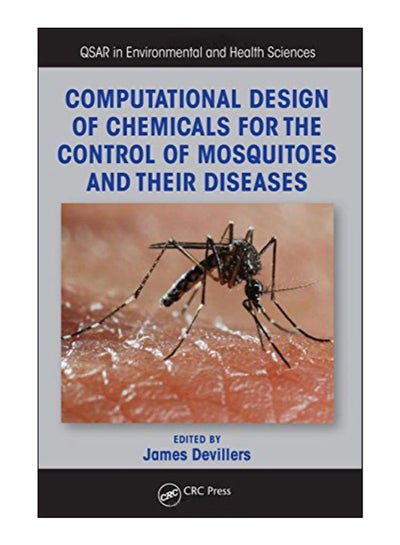5,769EGP
5,494-
Lowest Price 3,996
-
Highest Price 5,769
-
Recent Price Raise 5.0%

5,769EGP
5,494